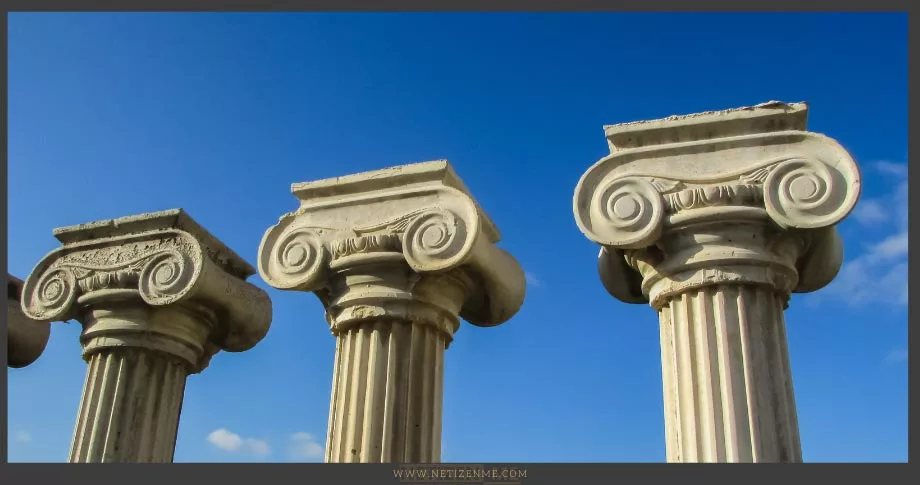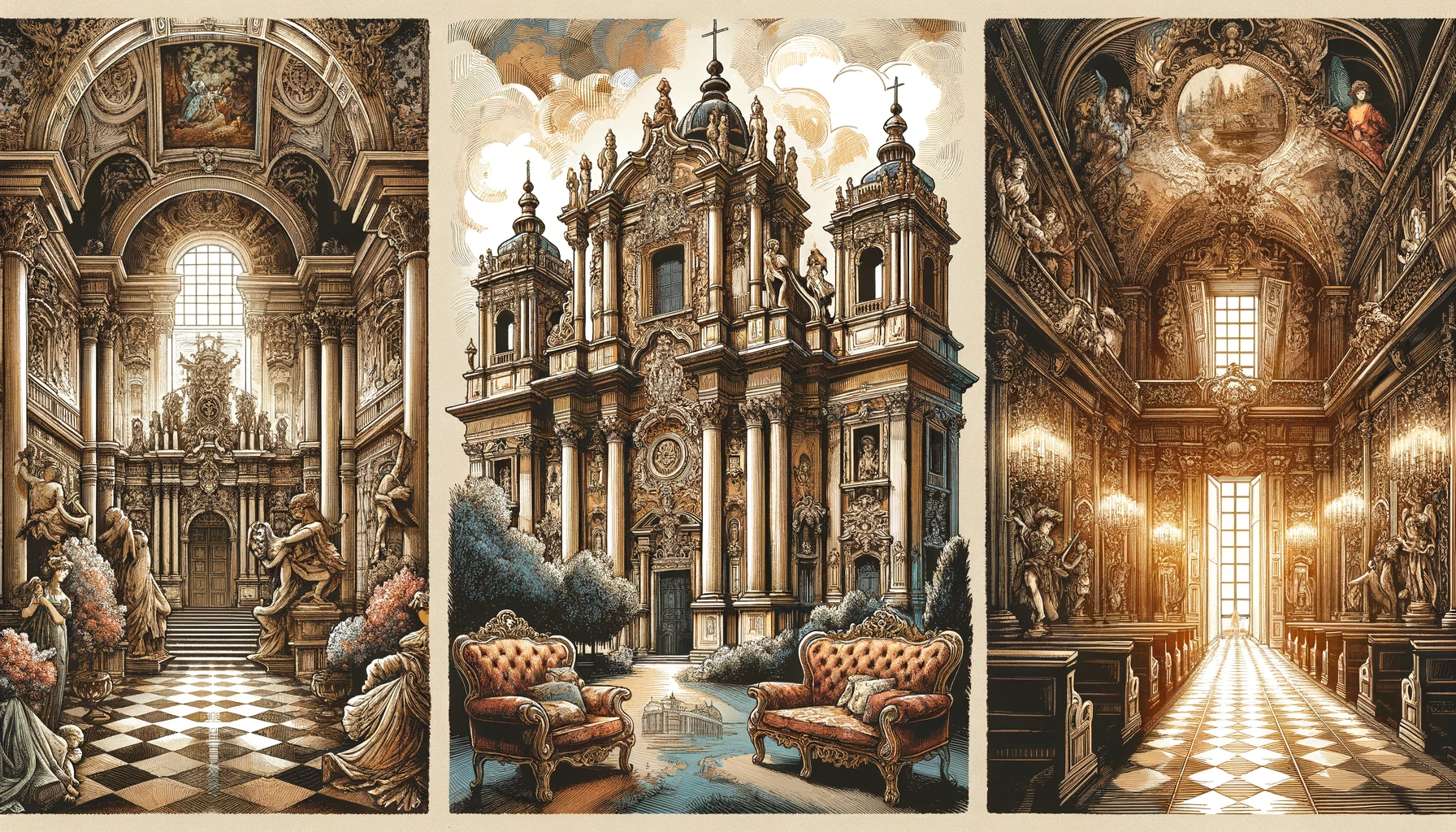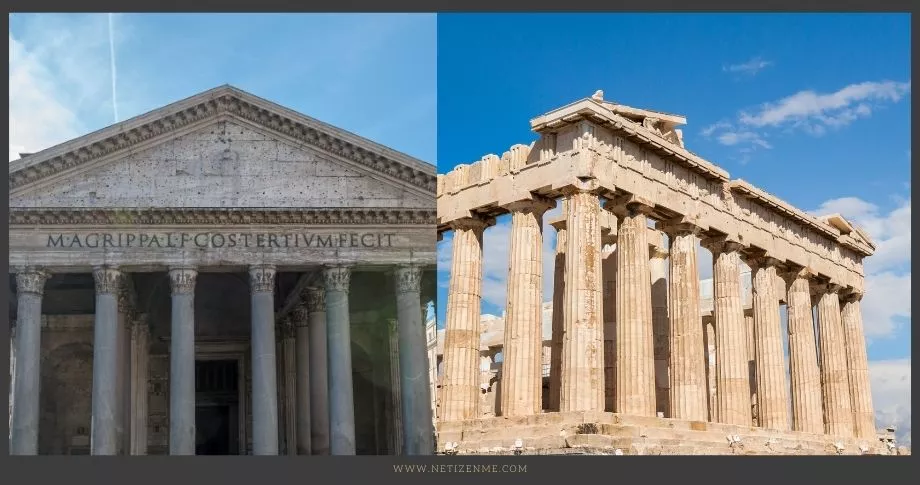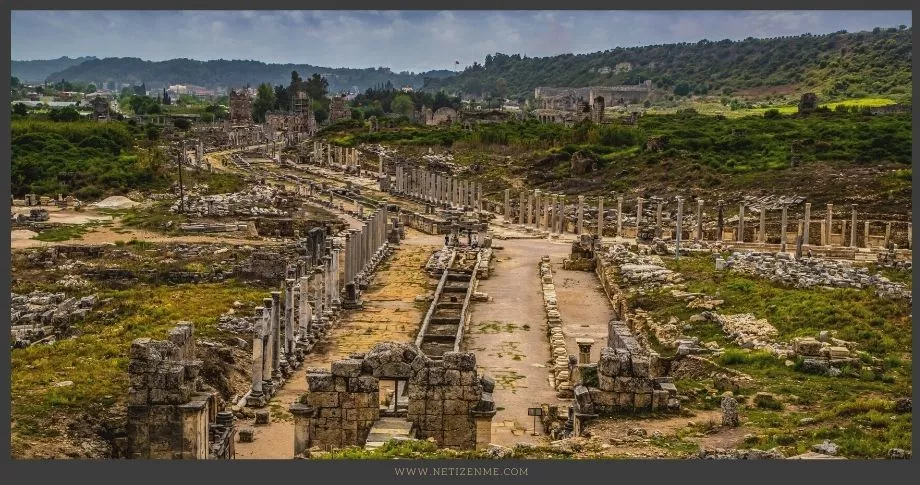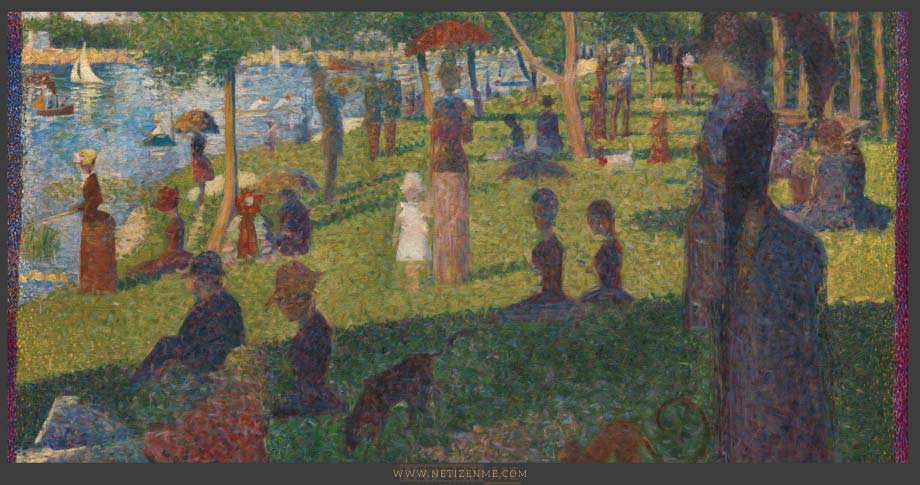How the Classical Style Helped Architecture in Asia
The powerful Greek Architectural Influence spread throughout a large chunk of modern history. Many architects and painters had already in-cooperated this style, which always showed in their best works. Indeed, Greek architectural styles Doric, Ionic, and Corinthian can be seen in every corner of the world. What about Asia?
What did Greek architecture influence in Asia?
While the Greeks are commonly known for their contributions to Western architecture, their influence was felt in Asia. One of the most apparent ways Greek architecture influenced Asia was in the spread of Hellenistic culture. As the Greek empire expanded, so did its architectural style. This can be seen in some of the most famous buildings in Asia, such as the Hanging Gardens of Babylon and the Lighthouse of Alexandria. Another way that Greek architecture influenced Asia was through the use of columns.
The Greeks were one of the first cultures to extensively use columns in their buildings, and this style quickly spread to Asia. Columns were used not only for support but also for decorative purposes. They became essential to many Asian architectural styles, such as Chinese pagodas and Indian temples. Finally, Greek architecture also significantly impacted city planning in Asia. The Greeks were pioneers in the development of urban planning, and many Asian cultures adopted their ideas.
The grid system of city streets is one of the most prominent examples of this influence. It can be seen in cities all over Asia, from Beijing to Istanbul. In short, Greek architecture profoundly impacted the development of architecture in Asia. Hellenistic culture spread throughout the continent, and many Asian cultures adopted elements of Greek architecture into their styles. Columns and urban planning are just two examples of this influence.
In this article, we will look into the following facts;
- The reason (what could be) architect used the classical style
- Messages this style conveys
- How the classical style helped the building’s function/Use
St Mary’s Church, Negombo, Sri Lanka
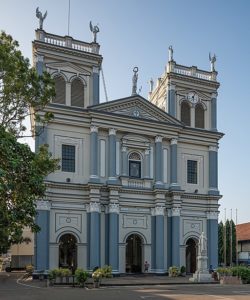
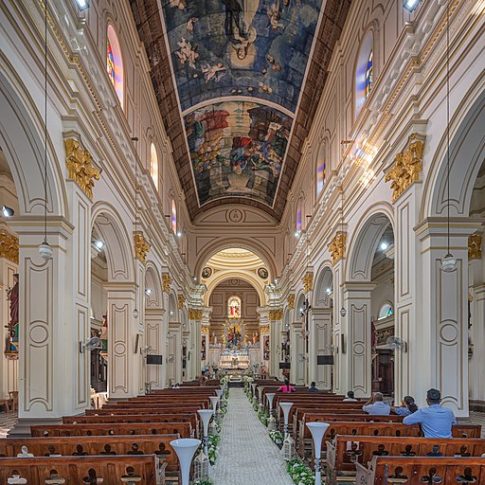
In the center of Negombo, a city in Sri Lanka, lies the majestic St Mary’s Church, which gains its inspiration from European architecture. The building’s design underscores the neoclassical lifestyle of the early 20th century.
It was built for the religious purposes of the Christian faith, and like many other churches in Negombo, it was constructed with a plain design of massive walls and columns. However, it also incorporates symmetrical designs and exuberant detailing.
This reflects the massive growth of European architecture in Asia and many other practices and cultures.
Eventually, St Mary’s was completed in 1922 after more than fifty years. Further, the countless uses of alabaster imagery and sculptures of saints are still there today. Indeed, the church became one of the most visited in the region, thereby massively contributing to the Christian movement as more people continued to accept the faith.
Interestingly, Buddhist painter Godamanne applied the finishing touches to the elegant interiors with vibrant paintings of the life of Jesus Christ hanging over the pews.
“The church was built in neoclassicism style with columns and plain walls. Its ceilings are painted with alabaster images of many saints. The walls at the upper level are fixed with sculptures of religious saints. The unique paintings of the life of Christ on the ceiling were done by the N.S. Godamanne, a local Buddhist painter. The beauty of the paintings on the nave is described as “thunderous.” A testator paid the cost of one of the altars, which was imported from Europe.” – Wikipedia.
George’s Cathedral, Chennai, India
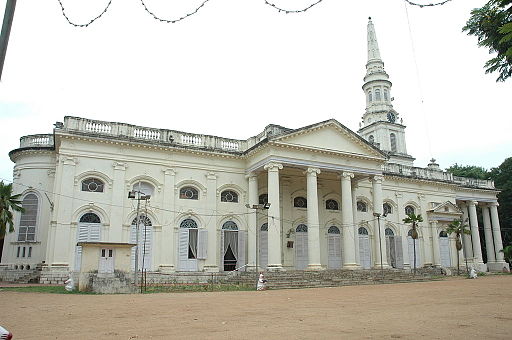
It was 1815 when they built the St. George’s Cathedral in Southern India. Also, it has made a mark in Christian history, especially in that region. However, many changes followed.
It became a groundbreaker for the evolution of many traditions and practices. Unity and loyalty also became a tool for societal growth. That was clear from the way they completed it. More than half of its construction was financially and manually handled by churchgoers with the critical assistance of community funds.
British engineer and soldier Colonel J.L. Caldwell designed St George’s Cathedral with the help of his assistant, Captain De Havilland. It contained numerous bells, memorials, tablets, and statues that honored significant contributors. They also influence such as heads of the organization, bishops, reverends, militia personnel, and other notable members.
It had a unique take on Neoclassicism, with Caldwell choosing to add many large bells, sunlight filters, and stained glass windows and doors to its already atmospheric design. Indeed, the depiction of Jesus Christ and his life was superbly conveyed in vibrant colors and medieval touches.
The building is also known as “Mother Church” in Chennai. For reasons, it directly contributes to community welfare and development. These are Sunday schools, fellowships for all genders and age groups, medical treatment projects, Bible studies, and other building projects.
The Old Parliament Building, Sri Lanka
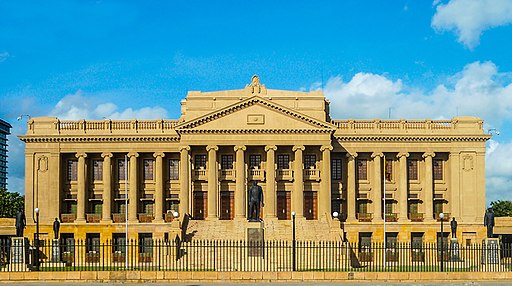
This Old Parliament building is a 1930 British colonial Neoclassicism-influenced construction. It also combines Roman and Greek architecture with an immense sense of modern modification.
The old parliament building was ready to possess all it needed to survive the tropical climate of Sri Lanka. It also left a strong image in modern architectural taste and perspective through thermal insulation, self-cooling materials, visual aesthetics, and the fantastic ability to withstand weather.
This was at a time when Sri Lankan communities were already incorporating most of the British practices. Such was the classic architectural style mixed with elaborate colors. The parliament building evokes the spirit of Greek and Roman aura, making it one of the biggest influences of Neoclassicism in the Asian peninsular.
Microscopically, it is easy to discover obvious details of Doric and Corinthian undertones as Greek architecture influenced how it was decorated. Indeed, it is a blissful mixture, highlighting the essence and method of using plain columns of Doric culture and the colorful decoratives of the Corinthians.
This article is written by:
Our professional writers and editors are passionate about sharing high-quality information and insights with our audience. We conduct diligent research, maintain fact-checking protocols, and prioritize accuracy and integrity to the best of our capacity.
You can cite our articles under the author name "Netizenme"
